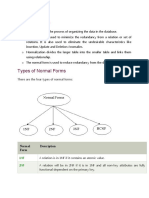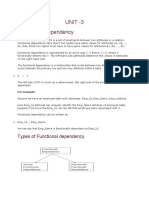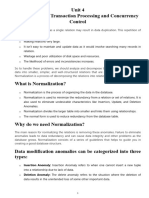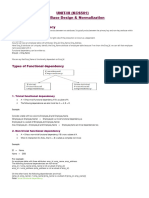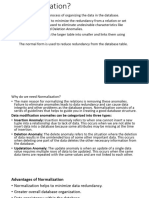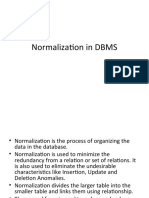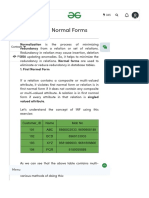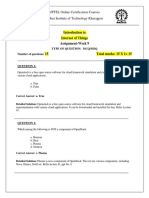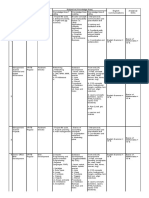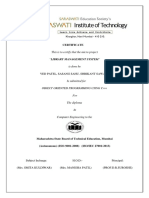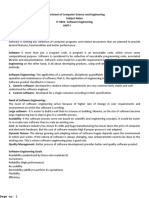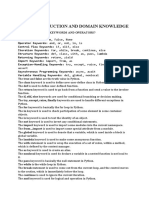0% found this document useful (0 votes)
57 views17 pagesNormalization
Normalization is the process of organizing data in a database to minimize redundancy. It involves dividing larger tables into smaller tables and linking them. The document discusses various normal forms including 1NF, 2NF, 3NF, BCNF and 4NF which are used to reduce data redundancy and ensure data integrity.
Uploaded by
Sangita BoseCopyright
© © All Rights Reserved
We take content rights seriously. If you suspect this is your content, claim it here.
Available Formats
Download as DOCX, PDF, TXT or read online on Scribd
0% found this document useful (0 votes)
57 views17 pagesNormalization
Normalization is the process of organizing data in a database to minimize redundancy. It involves dividing larger tables into smaller tables and linking them. The document discusses various normal forms including 1NF, 2NF, 3NF, BCNF and 4NF which are used to reduce data redundancy and ensure data integrity.
Uploaded by
Sangita BoseCopyright
© © All Rights Reserved
We take content rights seriously. If you suspect this is your content, claim it here.
Available Formats
Download as DOCX, PDF, TXT or read online on Scribd
/ 17

